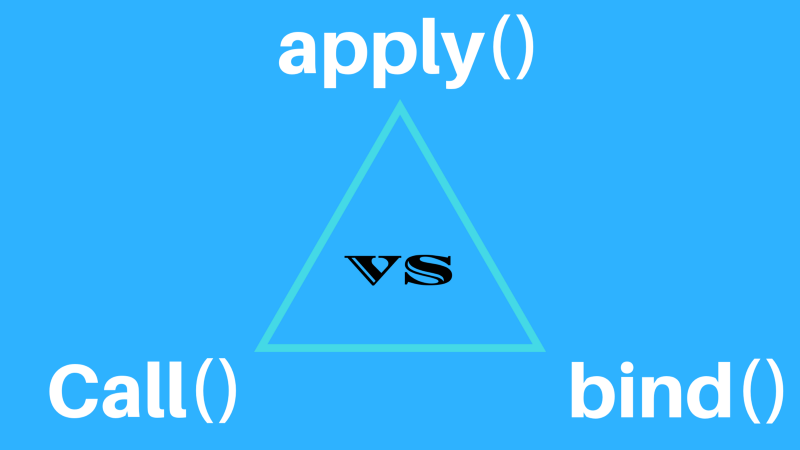聊一聊 call、apply 与 bind
call 和 apply 这两个方法的用途都是在特定的作用域中调用函数,实际上等于设置函数体内 this 对象的值。
apply
apply() 方法接收两个参数:一个是在其中运行函数的作用域,另一个是参数数组,其中第二个参数可以是 Array 的实例,也可以是 arguments 的对象。
1 | function sum(num1, num2) { |
上面例子中,applynum1() 和 applynum2() 执行时传入了 this 作为 this 值,因为是全局作用域中调用的,所以 this 指向 window 对象。
在严格模式下,未指定环境对象调用函数,this 不会指向 window。除非明确把函数添加到某个对象或者调用 apply() 或 call(),否则 this 值将是 undefined。
call
call() 方法与 apply() 方法的作用相同,它们的区别仅在于接收参数的方式不同。对于 call() 方法而言,第一个参数 this 值没有变化,变化的是其余参数都直接传递给函数。换句话说,在使用 call() 方法时,传递给函数的参数必须逐个列举出来。
对于 call() 和 apply() 来说,它们真正的作用是用来扩充函数赖以运行的作用域。例如,我们经常用到的判断引用类型:
1 | Object.prototype.toString.call([]) |
这里我们借用了 Object 的 prototype 上的 toString 方法,修改了函数运行的作用域,this 分别指向了传入的 [] 和 new Date(),进而实现了判断引用类型的方法。
bind
bind() 方法会创建一个函数的实例,其 this 值会被绑定到传给 bind() 函数的值。
对于 IE9 以下版本的浏览器,是不支持 bind() 方法的,我们可以手写一个 bind 函数来使用:
1 | Function.prototype.bind = function (_this) { |
至此,一个 bind 函数就完成了。 再看下一个例子:
1 | let obj = { |
这里注意到 func1() 调用的时候输出了 undefined,是因为 func 是通过函数名传递并执行的,此时方法内部的 this 会丢失(同理,通过传入回调函数再调用也会出现同样的问题),指向 window(严格模式下为 undefined)。所以 func2 在调用时为其绑定了上下文至 obj,此时无论如何调用,函数内部的 this 都永远指向 obj。
聊一聊 call、apply 与 bind
